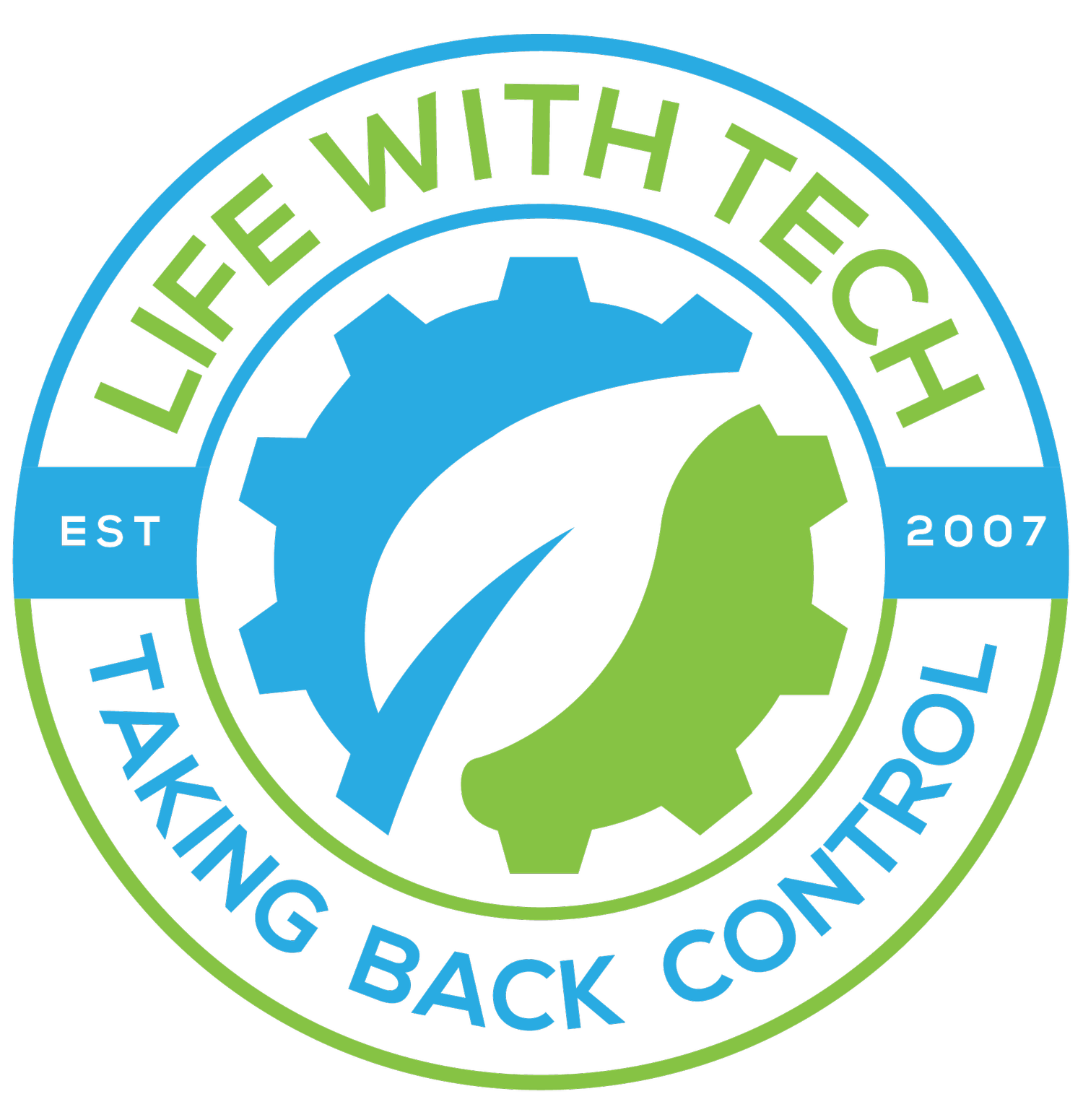Glossary: Virtualization
A key element of learning a new technology is its vocabulary. Let us help you define key terms you may find in virtualization products such as VMware, Citrix, and Microsoft.
Virtual Machine (VM) – A set of virtual hardware devices, including virtual CPU, virtual RAM, virtual I/O devices, and other virtual hardware devices. Software that resembles and behaves like a traditional, physical server and runs a traditional operating system (OS), such as Windows or Linux.
Virtual Server – A VM running a server OS such as a Windows Server or a Red Hat Enterprise Linux Server. A virtual server typically runs one server-based application.
Virtual Desktop – A VM that is running a desktop OS, such as Windows 7 or Red Hat Enterprise Desktop. A virtual desktop typically has one
VM Template – An object that represents the “golden image“ of a particular virtual server build or virtual desktop build, typically including a well-configured OS and applications. Administrators can quickly deploy new VMs by automatically copying the template to create the new VM.
VM Guest OS – The OS that runs in a VM.
Virtual Hardware Device (Virtual Device) – A software component that resembles and behaves like a specific hardware device. The guest OS and software applications in the VM behave as though the virtual hardware device is actually a physical hardware device. A VM is a set of virtual hardware devices that correspond to the set of devices found in traditional, physical servers, such as virtual CPUs, virtual RAM, virtual storage adapters, and virtual Ethernet adapters.
Virtual Network Interface Card (
Virtual SCSI Adapter – Software that resembles and behaves like a traditional SCSI adapter. It can generate SCSI commands and attach multiple virtual disks.
Virtual CPU (
Software Emulated – A process that resembles and behaves like a specific model of a physical CPU that, in some cases, could be different than the model of underlying physical CPU in the host hardware.
Software Modified – A process that provides a filtered, indirect connection to the underlying host CPU.
Virtual Disk – Resembles and behaves like a physical disk. It may be a file, a set of files, software, or some other entity, but to a VM, it appears to be a SCSI disk. For example, in Microsoft Hyper-V, virtual disks is referred to as VHD files with the file extension
Virtual Ethernet Switch (
Virtual Network – A network provided by virtual switches. It may be an extension of a traditional network that is built on physical switches and VLANs, or, it may be an isolated network formed strictly from virtual switches.
Virtual Infrastructure – A collection of VMs, virtual networks and storage, and other virtual items that can deploy and run business applications, as an alternative to running applications directly on physical infrastructure. It allows IT personnel to install software applications in traditional OSs, such as Windows and Linux, without needing to know the details of the underlying physical infrastructure.
Virtual Desktop Infrastructure (VDI) – A set of virtual desktops running on virtual infrastructure. VDI often involves detailed optimization at the physical infrastructure, virtual infrastructure, desktop OS, and application levels to allow close to native performance. The VDI management software automatically brokers and connects users to their virtual desktops.
Cloud – A complex system that provides a set of services to consumers, without requiring the consumer to understand any of the underlying complexities of the system.
Kernel-based Virtual Machine (KVM) - is a virtualization infrastructure for the Linux kernel that turns it into a
P2V (Physical to Virtual) – The migration of a traditional server, such as a specific Windows 2008

